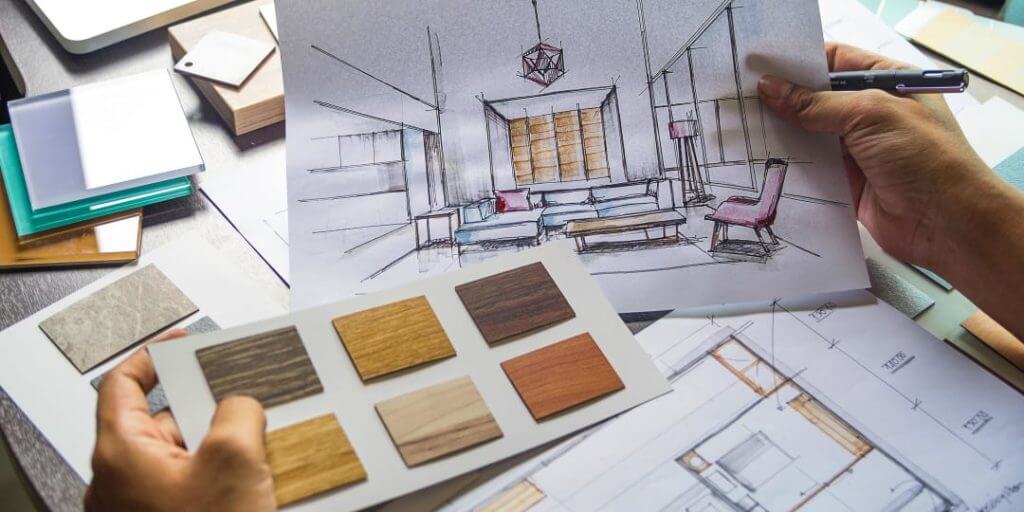Access the C403–2021
To purchase a one-time use license for this document, visit the link below:
C403™-2021, the “Standard Form of Agreement Between Client and Consultant for Design Assist Services
Interested in getting unlimited access to our full 250+ library of agreements and forms?
Visit the link to learn more: https://shop.aiacontracts.com/unlimited-subscription
In the construction industry, terms like “Design Assist” and “Delegated Design” can often be misunderstood, leading to misaligned expectations and potential conflicts. Are contractors merely providing input or assuming full design responsibility? What liability does a contractor bear when involved in design decisions? Understanding the nuances of these two approaches is crucial for smooth project execution and clear contract management.
What is Design Assist and How Does it Benefit Contractors?
Design Assist involves contractors, construction managers, trades, and suppliers offering suggestions and modifications to the design elements while the design is still being developed. Unlike Delegated Design, this is not a transfer of design responsibility to the contractor.
In a Design Assist scenario, contractors utilize their expertise to suggest improvements but do not take on the full responsibility for the design. The design professional remains responsible for incorporating contractor input into the overall design and maintaining professional oversight. This allows for increased collaboration and innovation without transferring liability for the final design.
A standard agreement, such as AIA C403™-2021, the “Standard Form of Agreement Between Client and Consultant for Design Assist Services,” clearly defines the scope of services and compensation for contractors involved in Design Assist. The term “client” is flexible, as it could refer to a construction manager, contractor, or owner, while the “consultant” is usually a subcontractor or material supplier.
Understanding Delegated Design: What’s the Contractor’s Role?
In contrast, Delegated Design is a scenario where contractors assume responsibility for the design of specific project components. These responsibilities are often outlined in performance specifications, and the contractor is tasked with developing detailed design solutions for elements like retaining walls, trusses, or fire suppression systems.
Unlike Design Assist, where the contractor’s role is advisory, in Delegated Design, the contractor hires a design professional to carry out these delegated tasks. This arrangement is formalized with agreements like AIA C404™-2021, the “Standard Form of Agreement Between Contractor and Consultant for Delegated Design Services.” This agreement allows contractors to engage consultants to take on specific design tasks, ensuring that the consultant’s expertise meets the performance requirements.
Key Differences Between Design Assist and Delegated Design Services
While both approaches involve contractors in the design process, they differ in terms of responsibility and liability. In Design Assist, the contractor provides valuable input but does not take on full design responsibilities. In Delegated Design, the contractor assumes responsibility for the design of certain components, with a design professional engaged to fulfill this role.
The primary design professional remains responsible for the overall design, including signing and sealing the construction documents. They also ensure that the delegated designs align with other project components, maintaining a seamless integration of materials and systems.
How to Use AIA Contracts for Design Assist and Delegated Design
The AIA C403™-2021 and AIA C404™-2021 contracts provide clear frameworks for managing Design Assist and Delegated Design services. These agreements help define the scope of work, responsibilities, and compensation for contractors and consultants, ensuring that all parties understand their roles and obligations.
The C403™-2021 contract focuses on Design Assist services, while the C404™-2021 document addresses Delegated Design, allowing contractors to hire design professionals to handle specific design tasks. Both agreements offer flexibility, enabling teams to customize the design responsibilities based on project needs.
Risks and Liabilities in Design Assist vs. Delegated Design
One key distinction between Design Assist and Delegated Design is the allocation of liability. In Design Assist, while the contractor may incur some contractual liability for the information it provides, the design professional retains ultimate responsibility for the design’s accuracy and compliance with regulations. In Delegated Design, the contractor assumes more direct responsibility, hiring consultants to take on specific design elements. While the contractor’s consultant is liable for the delegated design, the primary design professional still oversees and coordinates the design integration.
Who is Responsible for Design: Contractor vs. Design Professional?
In both Design Assist and Delegated Design, there is a shared responsibility between the contractor and the design professional. However, the level of responsibility differs. In Design Assist, contractors provide input but do not take on full design responsibility. In Delegated Design, contractors assume responsibility for specific design components and hire a consultant to complete those tasks, while the primary design professional ensures the overall design is cohesive and meets project requirements.
Best Practices for Contractors and Designers to Work Together
To ensure successful collaboration, contractors and designers should establish clear communication channels, set expectations early on, and use appropriate contracts that define roles and responsibilities. Contractors should be involved early in the design process, offering their expertise to improve the project while ensuring that design professionals maintain responsibility for final designs.
How to Integrate Design Assist and Delegated Design into Your Project
By incorporating both Design Assist and Delegated Design approaches, project teams can benefit from the contractor’s expertise while maintaining professional design oversight. For example, Design Assist can be used in the early stages of design development to address potential issues, while Delegated Design can be employed to handle specialized components requiring contractor input.
These strategies can help foster collaboration between contractors, design professionals, and other stakeholders, ensuring a smoother and more efficient construction process.
For More Information on Design Services:
To dive deeper into how to implement these design services agreements, join AIA Contract Documents’ free webinar: “Design Services 101” or download our detailed whitepaper on Design Collaboration on Construction Projects.
Ready to Enhance Your Construction Projects?
- Join our free webinar: Design Services 101 | Watch On-Demand
- Download our Whitepaper: Design Collaboration on Construction Projects

